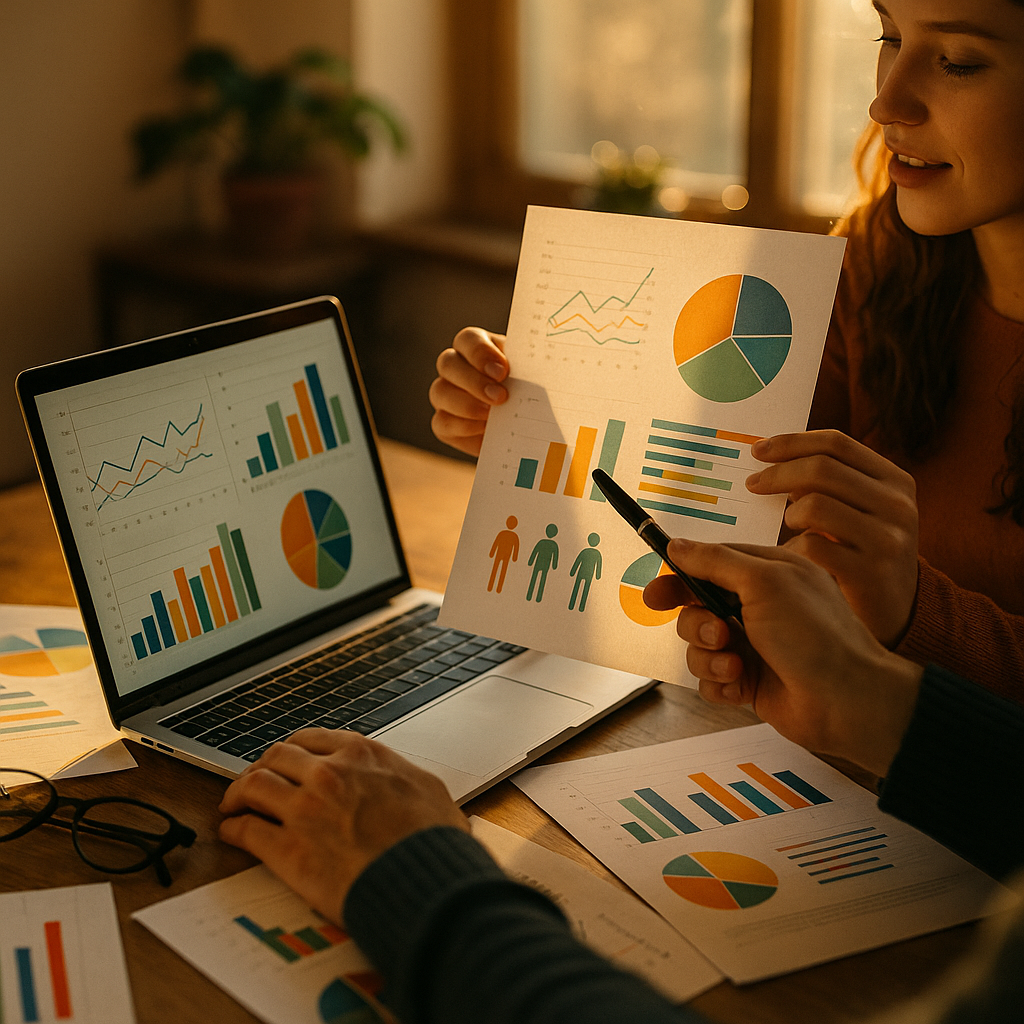Creating data-driven infographics with influencer-sourced insights empowers brands to craft content that resonates and converts. Combining credible data with trusted voices amplifies impact, boosts SEO, and earns social shares. Ready to enhance your content strategy? This step-by-step guide reveals how to merge analytics and influencer perspectives for infographics people remember—and share.
Why Combine Infographics and Influencer Marketing in 2025?
As digital audiences crave authentic, evidence-backed content, infographics remain a top format for attention and engagement. Pairing infographics with influencer marketing leverages two powerhouses:
- Infographics: Visual storytelling simplifies complex data and boosts comprehension, with studies showing up to 65% higher retention rates for visual content.
- Influencer insights: Influencer credibility increases trust, driving two times higher engagement compared to brand messages alone (2025 Social Influence Benchmark Report).
By embedding influencer-sourced insights into data-driven visuals, brands multiply reach, authority, and value—a combination critical for anyone seeking greater impact in competitive niches this year.
Choosing the Right Data and Influencers for Authentic Infographics
Effective infographics start with accurate data and respected voices. To foster trust and provide value, prioritize the following:
- Source recent, reliable statistics: Use up-to-date research from reputable organizations, government bodies, or proprietary surveys.
- Select influencers who align with your goals: Target thought leaders known for transparency and subject expertise. Tools like Aspire or Upfluence help evaluate engagement, niche fit, and authenticity.
- Seek diversity in voices: Multiple expert perspectives add context, depth, and appeal to a broader audience.
Always credit sources clearly on the infographic. Accurate, well-attributed data boosts domain authority and aligns with Google’s EEAT (Experience, Expertise, Authoritativeness, Trustworthiness) content standards in 2025.
Collecting Influencer Insights to Drive Infographic Content
Powerful infographics blend hard data with expert interpretation. Here’s how to efficiently gather influencer insights:
- Outreach: Connect with influencers via email, DMs, or influencer platforms. Briefly explain your project’s goals and why their input matters.
- Structured interviews: Use concise, focused questions. For example: “What data trend most surprised you this year?”
- Quote and context: Ask for actionable tips, forecasts, or case stories that complement your data set.
- Permission: Secure written approval to use their name and likeness, ensuring credibility and peace of mind.
Incorporate direct quotes or paraphrased takes alongside statistics. This humanizes your infographic, making it more relatable and shareworthy.
Designing Compelling Data-Driven Infographics with Influencer Quotes
Memorable infographics combine data clarity with polished design. To ensure your visuals stand out in 2025:
- Use clear hierarchies: Organize content from headline stats to supporting insights, leading with the most compelling points.
- Highlight influencer voices: Spotlights, pull quotes, or illustrated avatars make expert contributions visible and credible.
- Leverage modern design tools: Canva, Piktochart, and Adobe Express offer templates and features for easy integration of data and voices.
- Accessibility first: Use high-contrast colors, readable fonts, and alt text for inclusivity and compliance with 2025 web accessibility standards.
Finish each infographic with a concise credits section listing influencers and data sources. This transparency enhances both compliance and trust, further reinforcing your brand’s expertise.
Promoting and Measuring Infographic Success with Influencers
Your data-driven infographic’s impact multiplies when influencers help distribute it. To maximize reach and ROI:
- Co-promotion: Encourage featured influencers to share on their own channels, using trackable campaign hashtags or custom URLs.
- Email outreach: Send the visual directly to journalists or industry blogs, highlighting influencer participation for added authority.
- Measurement: Track performance with metrics such as shares, backlinks, and time-on-page. Use GA4 or social listening tools to monitor the role of influencer engagement.
Share post-publication insights with participating influencers. This fosters long-term relationships—and can kickstart new collaborations. Adjust strategy based on what analytics tell you about audience preferences and influencer impact.
Conclusion: Building Authority through Data and Influencer Collaboration
Infographics powered by authentic data and influencer perspectives set your content apart in 2025. When you combine credible research with trusted voices, you build authority, boost SEO, and foster deeper audience engagement. Start blending these two strategies to spark real conversations—and sustainable brand growth.
FAQs About Creating Data-Driven Infographics with Influencer-Sourced Insights
-
How do I choose the best influencers for my infographic?
Choose influencers whose values, expertise, and audience align with your brand’s goals. Evaluate their recent engagement, credibility, and past collaborations before reaching out.
-
What data sources are considered credible in 2025?
Government publications, peer-reviewed journals, major industry research firms, and well-known analytics platforms remain the gold standard for trustworthy data.
-
Can I use influencer quotes without obtaining explicit permission?
No. Always obtain written consent to use quotes, names, or likenesses. This protects your brand’s reputation and enhances trust with both audiences and influencers.
-
How can I ensure my infographic meets accessibility standards?
Use readable font sizes, sufficient color contrast, descriptive alt text, and logical reading order to meet current web accessibility guidelines.
-
What’s the best way to measure the success of an infographic campaign?
Track shares, backlinks, time-on-page, and referral traffic. Analyze influencer-driven engagement by monitoring campaign hashtags and unique tracking links.
